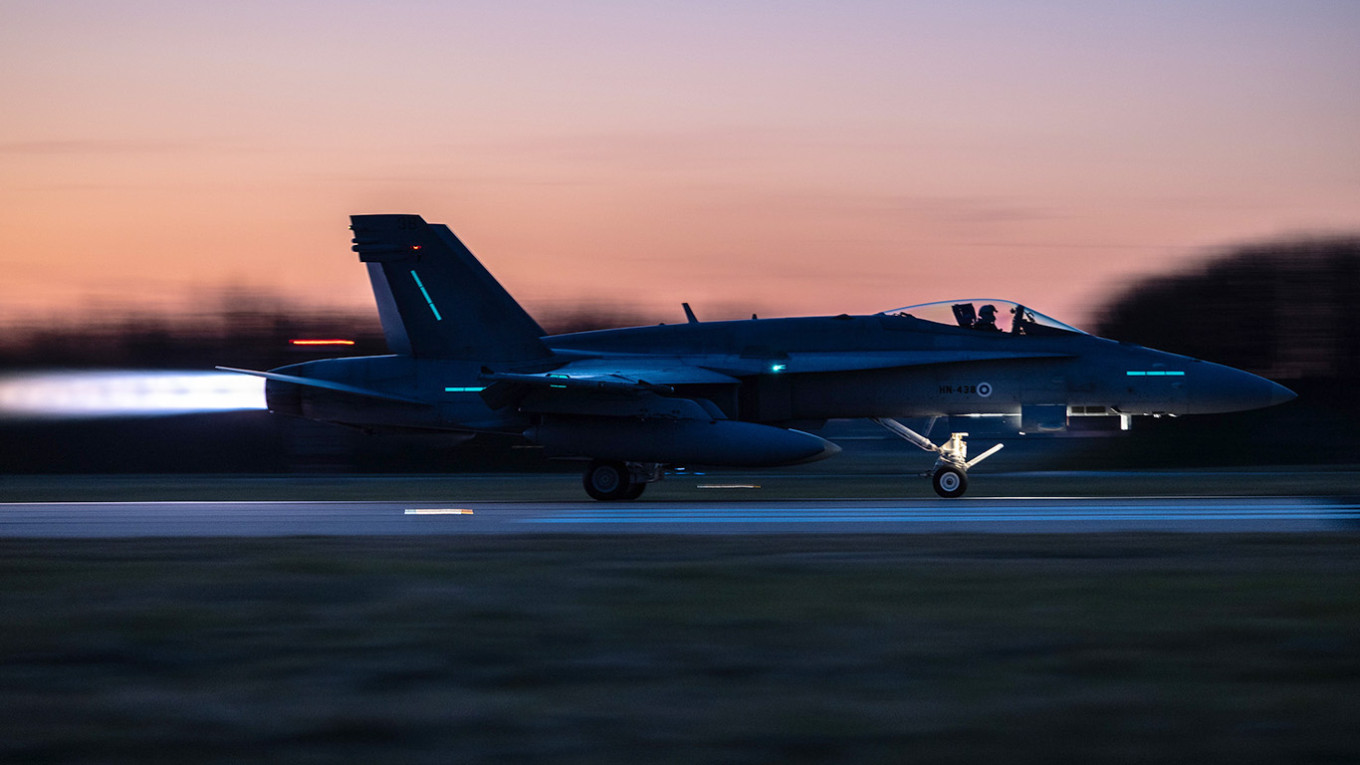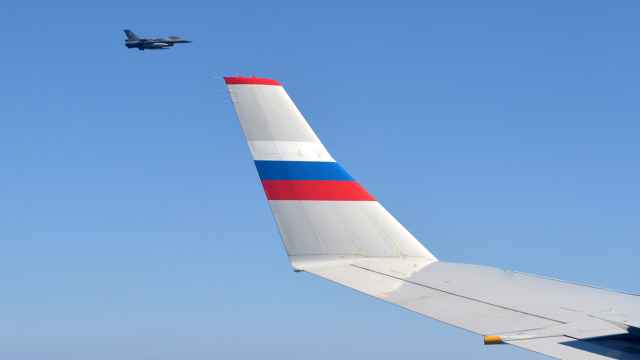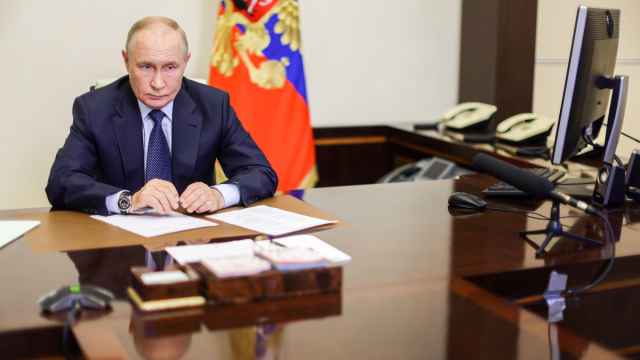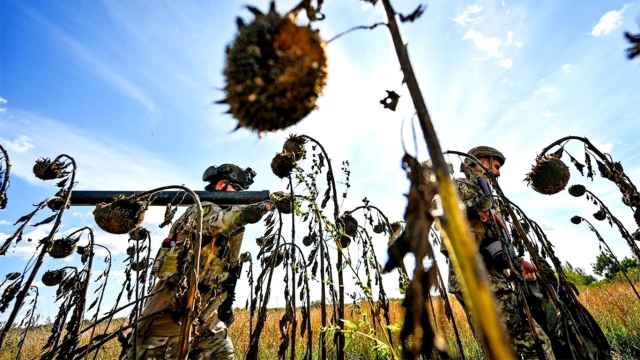LEEUWARDEN, The Netherlands — Ninety-one aircraft from 15 NATO states have finished taking part in Exercise Ramstein Flag, a two-week rehearsal of potential collective responses to an attack on a fellow member state.
While the alliance had held exercises like this even before Russia’s 2022 full-scale invasion of Ukraine, attendees said the three-year war has shown the alliance that it needs to prepare to protect its own territory and send a signal to adversaries like Russia to deter future aggression.
“For a number of years, we didn’t take too much concern into defending NATO territory because we were not really concerned that anything could happen,” Col. Martin Friis, an officer in NATO's air command from the Danish Air Force, said.
NATO might not have much time to prepare before it has to put training into practice. The Danish defense intelligence service warned February that Russia could launch a "large scale war" in Europe within 5 years if it perceives the contient and NATO to be unable to mount a strong response.
A key objective of the exercise was to allow NATO air forces to practice operating with each other and with ground forces in a range of combat scenarios, including battling for air superiority against enemy fighter jets, electronic warfare and air defenses in a contested environment.
Before 2022, many NATO members prioritized maintaining their military independence over being able to work together. Secretary-General Mark Rutte announced a push for increasing standardization in 2024, which would improve interoperability between forces.
Participating detachments also practiced counter-anti-access/area denial tactics to break through enemy air defenses, which would be one of the first objectives of any deployment.
If Moscow were to position surface-to-air missile systems in Kaliningrad, Belarus, or near its tripoint border with Estonia and Latvia, it could intercept allied aircraft over almost the entirety of the Baltic states and Poland with 500 km-range Iskander ballistic missiles.
Large-scale exercises like Ramstein Flag are also intended to deter potential attackers by demonstrating the force they would be met with if NATO came under attack.
“We know we’re being looked at,” Col. Friis told The Moscow Times. “But also by our own audience. They also want to feel safe, and they should.”
While the tactics practiced over the North Sea could be deployed in multiple theatres, the training involved learning lessons from Ukraine, where small one-way kamikaze drones emerged as a new threat to cities and infrastructure.
“These are very cheap to make. And if you don't have the right capability, they're very expensive to break down,” Gen. James Hecker, Commander of Allied Air Command, told reporters. “One of the things that we've learned is we have to have a cheaper solution to take some of these one-way attack vehicles down.”
A growing alliance
Ramstein Flag 25 marked the first time that Sweden took part in the annual exercise as a full member of NATO. Along with Finland — which joined in 2023 — has been especially involved in bolstering the alliance’s security programs in the Arctic and Baltic Sea.
“Before, even though we trained together, we still had our own plans and our own methodology of defending ourselves. Now we have become an integrated part into the Alliance, and now we share the defense planning with our partners, and that shifts the focus also for the Swedish Air Force,” Lt. Col. Robert Persson told The Moscow Times.
“The cooperation and the sharing [were] intense even before the invasion of Ukraine. However, it changes the perspective once you become a member, once you have access to everything, and when you're also a part of the plans, rather than seeing the planning from the outside,” he said.
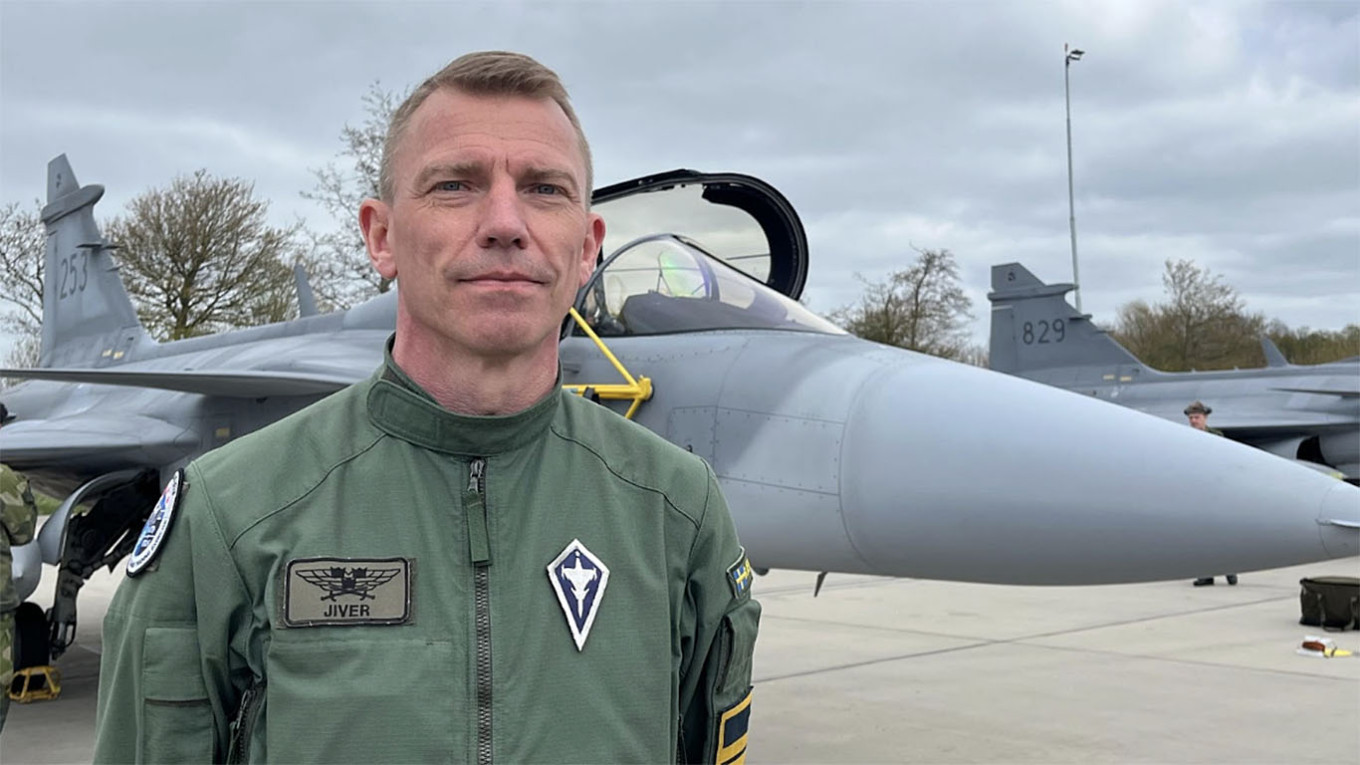
Sweden’s detachment at Ramstein Flag was flying the JAS 39 Gripen, a domestically produced fighter jet long eyed by Kyiv as a candidate to modernize the Ukrainian Air Force.
Compared to the F-16, the Gripen is easier to maintain and can operate without well-equipped airbases and long runways, which would be attractive targets for Russian missile attacks. It is also cheaper to operate but can carry a smaller range of weapons and there are fewer units available.
A $443 million support package announced by Stockholm in September 2024 included provisions that would support a future delivery of Gripens. Kyiv has not received any of the aircraft yet, nor have any transfers been announced. The commander-in-chief of Ukraine’s Armed Forces, Oleksandr Syrskyi, said in February that negotiations for the transfer of C/D class Gripens to Ukraine were ongoing.
A Message from The Moscow Times:
Dear readers,
We are facing unprecedented challenges. Russia's Prosecutor General's Office has designated The Moscow Times as an "undesirable" organization, criminalizing our work and putting our staff at risk of prosecution. This follows our earlier unjust labeling as a "foreign agent."
These actions are direct attempts to silence independent journalism in Russia. The authorities claim our work "discredits the decisions of the Russian leadership." We see things differently: we strive to provide accurate, unbiased reporting on Russia.
We, the journalists of The Moscow Times, refuse to be silenced. But to continue our work, we need your help.
Your support, no matter how small, makes a world of difference. If you can, please support us monthly starting from just $2. It's quick to set up, and every contribution makes a significant impact.
By supporting The Moscow Times, you're defending open, independent journalism in the face of repression. Thank you for standing with us.
Remind me later.



